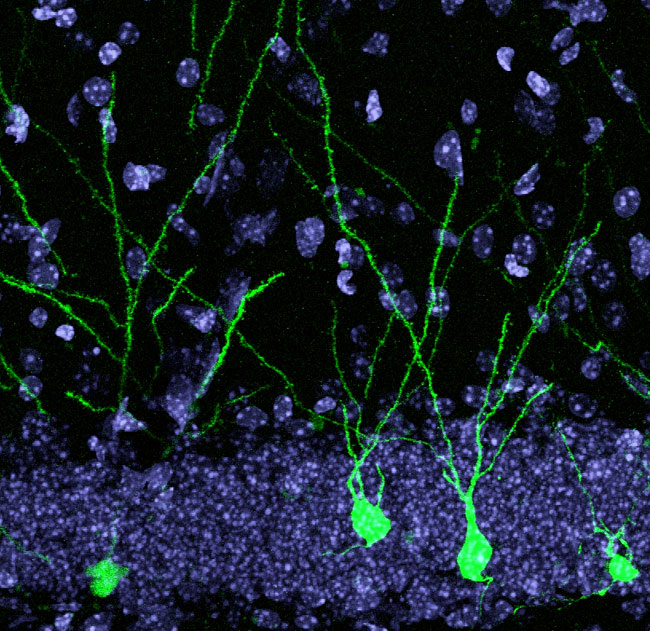How Brain Knows When Body 'Hits the Wall'

Scientists have pinned down a chemical signal that gives that sudden feeling that you've hit the wall and need candy now. Norepinephrine was previously known to operate as a stress hormone as well as a neurotransmitter that plays a role in mood regulation and other physical processes, but the new research makes clear that it's also the final chemical step in warning the brain that it's out of gas. USC neuroscientist Arshad Khan and his colleagues found that norepinephrine travels from the hindbrain, which receives warnings of low glucose levels, to a brain region called the paraventricular hypothalamus. There, the norepinephrine authorizes the consumption of energy stores to replace the missing sugars. Khan told LiveScience that the chemical works like a middle man in the signaling, which ends with the pituitary gland releasing hormones into the bloodstream that allow cells to dip into the body's reserve energy tank. "[Norepinephrine] is actually an emissary, an ambassador, sent from the hindbrain neurons and says, 'I've come from hindbrain, and I'm bearing news of hypoglycemia,'" Khan explained. "The paraventricular hypothalamus says, 'OK. We're going to tell pituitary to turn on.'" Neuroscientists these days are quite interested in how the body senses glucose, said Khan's USC colleague Alan Watts, in a prepared statement. "How that information is processed by the brain is really a hot current topic," he said. The new research was supported by the National Institute of Mental Health and National Institute of Neurological Disorders and Stroke. Khan said that better knowledge of how neurons relay warnings of low blood sugar, or hypoglycemia, is critical to understanding the steps that take place after the brain senses a drop in blood glucose—a communication system that currently is "very poorly understood." To arrive at the new insight, Khan injected insulin into a group of rats to drop their blood sugar levels. In another group, he injected norepinephrine directly into the paraventricular hypothalamus. Examination of the brain tissue from the two groups showed that the same neurons lit up in both sets of animals and the animals displayed similar increases in hormone levels. The experiment was also repeated successfully with slices of the hypothalamus kept alive in a Petri dish, a technique developed by Khan's co-author Todd Ponzio at the University of California, Riverside, where the slice research was done. Together, the experiments suggest that norepinephrine is sufficient for transmitting the hypoglycemia warning, as detailed in the July 4 issue of The Journal of Neuroscience. "Norepinephrine is capable of activating these signals just like hypoglycemia does," Khan said. Although the communication pathway from the hindbrain to the paraventricular hypothalamus was well known prior to this research, neuroscientists didn't know until now which hindbrain messenger was capable of activating the low blood sugar signal during hypoglycemia. Khan said the team's research on this topic bears on a common complication associated with diabetics in which insulin misdosing causes them to end up with low blood sugar and possibly slip into a coma (even though diabetes usually is a problem of high blood sugar). He said the new findings may help reveal how the brain communicates in disease states, including diabetes, where blood sugar erratically spikes and drops.
- All About the Mind
- Top 10 Mysteries of the Mind
- Video: Fat, Hungry Brain
Sign up for the Live Science daily newsletter now
Get the world’s most fascinating discoveries delivered straight to your inbox.
Robin Lloyd was a senior editor at Space.com and Live Science from 2007 to 2009. She holds a B.A. degree in sociology from Smith College and a Ph.D. and M.A. degree in sociology from the University of California at Santa Barbara. She is currently a freelance science writer based in New York City and a contributing editor at Scientific American, as well as an adjunct professor at New York University's Science, Health and Environmental Reporting Program.










